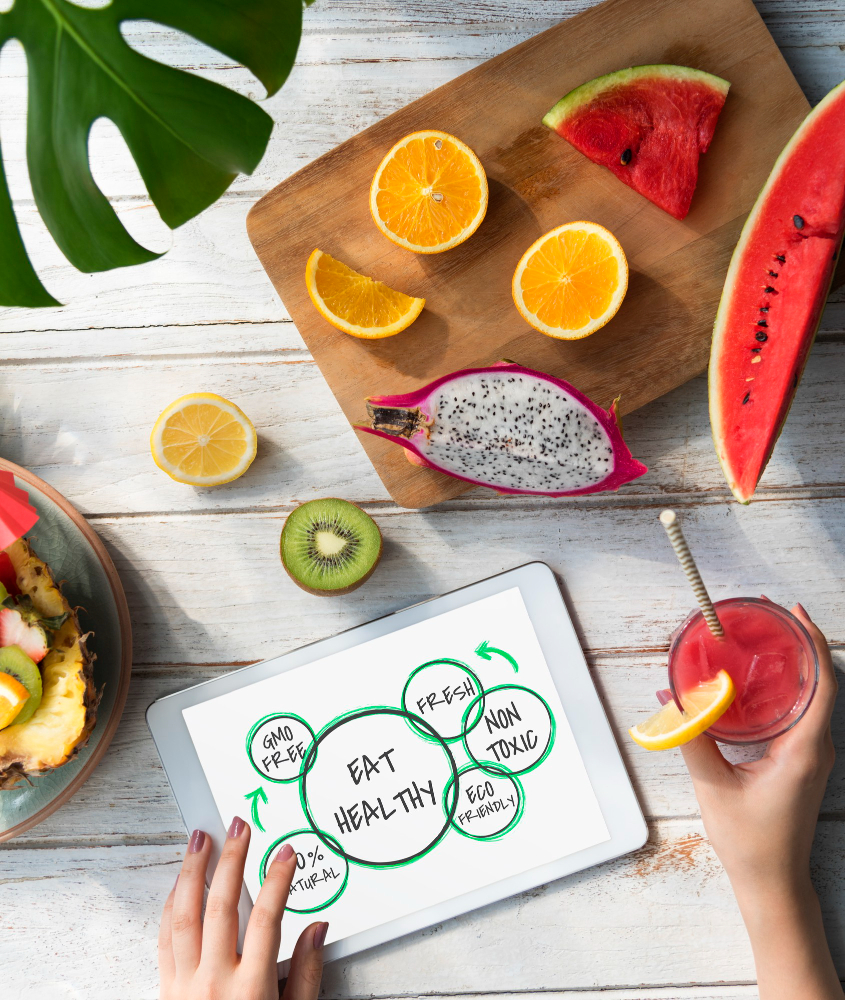Your Guide to Reading Food Labels to Make Healthier Snack Choices

Reading a food label is essential to make healthy dietary choices. Knowledge about food labels can help individuals decode information on food labels conveniently. Making healthy food choices is not difficult when one knows how to read food labels. Many people already spend their quality time reading the food labels on snacking products to decode the ingredients. They want to know whether the food they are shopping for is nutrient-dense, superfood-rich, gluten-free, etc.
Are you a health enthusiast? Do you find it too difficult to read the lingo on the food packaging? Decoding product labels is not that difficult. Exploring the aisle of snacks can be a bit confusing at first. But knowing how to read the lingo on food packaging can help people demystify the jargon. People can certainly benefit from reading food labels in the snack industry to find clarity about the common misconceptions.

Understanding Ingredients
The snack aisle is quite large. Reading food labels of all the snacks can certainly help people make healthier snack choices, but it can be time-consuming at first. Check the ingredients list. An ingredient list with few recognizable names as well as few ingredients shows the snack falls in the category of less processed products. They need to watch out for any added artificial flavors, preservatives, and even unhealthy ingredients such as hydrogenated fats and palm oil.
Understanding Buzzwords
Snacks with low-fat, natural, and organic terms do not always make healthy snack options. People should cross-verify the nutritional values of a snack before purchasing it. A product with fewer ingredients and a clean label shows it is an authentic and healthy snack choice.
People can even check nutritional information when shopping for these snacks. They can also buy snacks particularly high in protein and fibre but also low in unhealthy fats as well as sugars. A healthy snack is always a balanced one with healthy fats, essential nutrients, and moderate carbohydrates.
Why Read Food Labels
Reading food labels showcases a person’s commitment to quality and consumer trust. Customers do not want to compromise on the taste or even the shelf life of a product.
Reading labels can help them purchase authentic products. This pressurizes the manufacturers to go beyond ingredients and ensure precision of products. Any variation in different weights of packaged snacks can impact customer trust and compliance significantly. This is one sure reason why snacking manufacturers need to focus on advanced automation to build on customer trust.
Conclusion
The snack choices you make determine what gets inside your body as well as your family’s body. It is essential to make healthier snack choices by reading food labels. You get to learn about details to free your mind from marketing bias. Read the ingredient list carefully to steer clear of any harmful ingredients. Sodium nitrate-free and MSG-free snacks are the best options. Snacks with sodium, sugars, or even artificial additives can be avoided in order to prevent serious health problems in the future.











